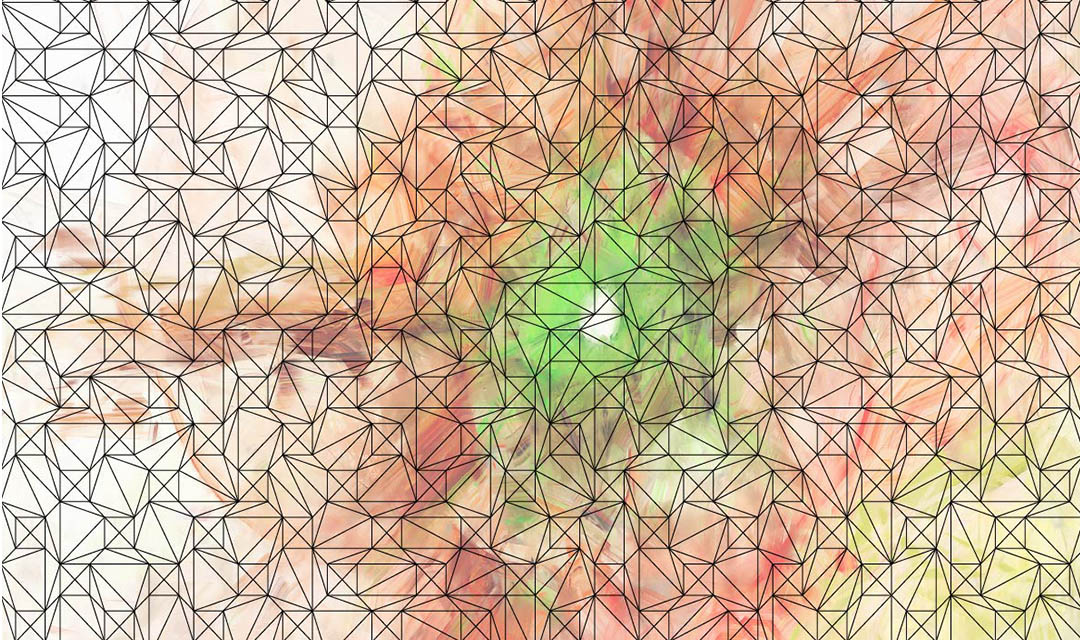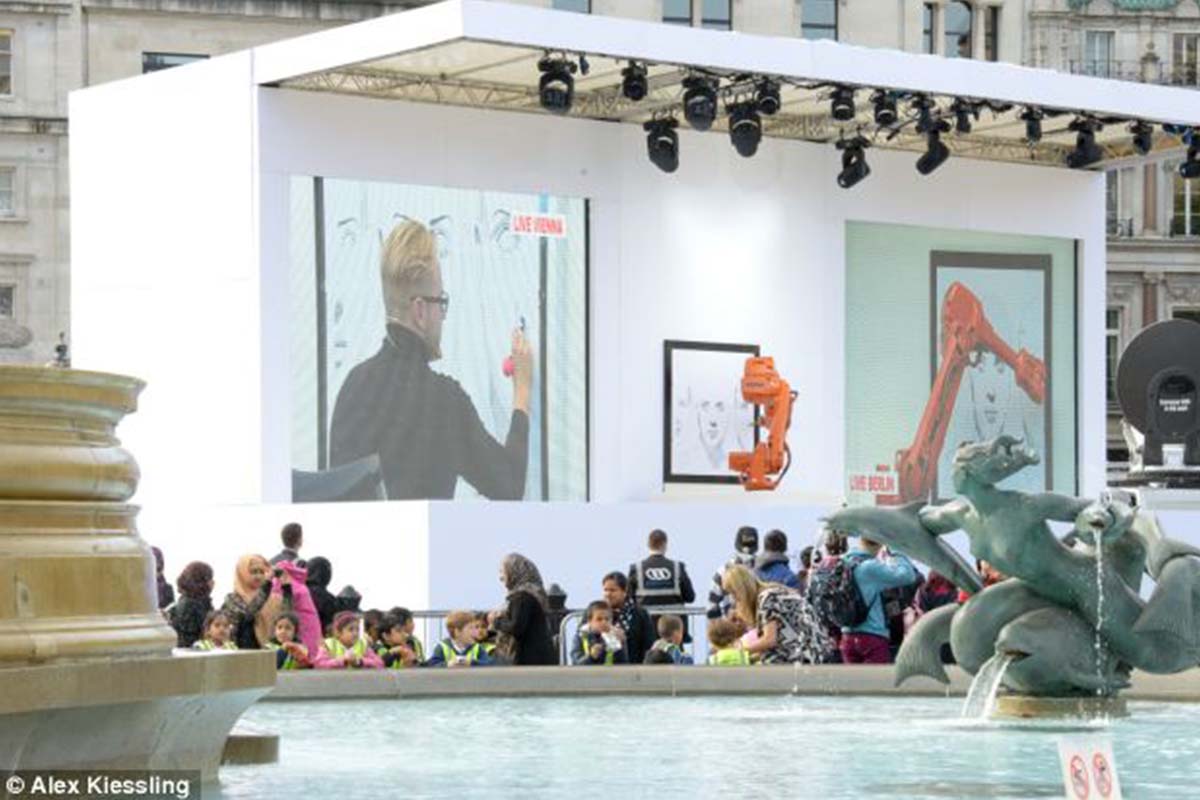Final Project Proposal
The final project proposal is a human-computer interactive painting device, or "Hyper-Paint-by-Number". Physically, it involves a 2 or 3 axis robotic aparatus which would be mounted to a wall or free standing. The end effector would be likely a marker or other means of making outlines on the canvas. The machine would invite passersby to participate in filling colors onto the canvas. The computer might make suggestions as to what colors to use, though the participants are of course free to ignore this, paint outside of the lines, and so on. The computer must then adapt to this haptic input, continuously redrawing outlines overtop of the user input. This would require a camera to be mounted on the end effector, constantly sending image updates back to a base computer, which would then employ computer vision methods to interpret the colors added by participants.




